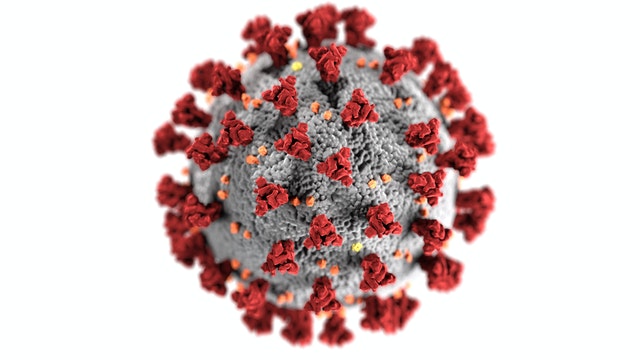Sterilisation from CPA’s Biojet to Enable Safer Indoor Air
Biojet, from CPA Engineered Solutions, is a high volume air cleaning device that claims to deactivate up to 99.99 per cent of viruses (including coronavirus), mould and...
Read Full Article
A British firm has developed a new system designed to help buildings with air management systems make their air supply secure against airborne pathogens.
As COVID-19 and other viruses spread primarily through breathing infected aerosols, which can remain suspended in the air for up to three hours, it’s been noted by the British government that COVID-secure measures should include a focus on “improving ventilation.”
Indeed, Professor Jonathan Van-Tam, Deputy Chief Medical Officer at the government’s COVID-19 press briefing on 29 April 2020 said, “There is a definite truism across all of the science literature, that ventilation is a most critical part of reducing transmission from respiratory viruses.”
The team behind the Pathogen Reduction System© (PRS), claims that their patent-pending technology is an important step forward in the long-term fight against coronavirus. The system uses high-intensity UVC light to “inactivate 99.99% of dangerous airborne pathogens, which include COVID-19, MRSA, measles, TB and the common flu virus”.
Founding Chairman Ian Sinclair hopes that the system will be used to help businesses open up sooner and safer, something that is becoming economically vital for many sectors who are struggling to survive through the ongoing restrictions imposed by the continuing tiered lockdown.
The application of UVC light to inactivate pathogens isn’t new. UVC has been used as a disinfectant since the 1800s. The earliest applications were used to mitigate measles during 1937-41 and tuberculosis in the 1950s. Today, UVC light is used to clean everything from clippers and combs in nail bars and hairdressers to disinfecting operating theatres in hospitals.
Furthermore, it is widely accepted within scientific circles that 254-nm spectrum UVC light can inactivate pathogens and this has been used in water sterilisation for many years. This has not only been demonstrated for H1N1 and H1N3 influenza viruses but other non- coronaviruses too: MRSA, MT and E-coli bacteria. More recently, Boston University used 254-nm photons to successfully inactivate actual SARS-CoV-2 viruses.
PRS makes the leap from surfaces and water, to using UVC light to effectively scrub clean, the circulated air we breathe indoors, predominantly in large buildings.
The PRS system is a made-to-measure optical cavity, lined with UVC lighting rods, that is fitted into a building’s existing ventilation system. The intensity of the light required to kill the virus is calculated by working out the volume and velocity of air passing through the system. As the air is drawn into the ventilation system and passes through the PRS unit, 254- nm spectrum photons break the chain of amino acids that make up the virus, rendering it inactive.
The system is currently being considered for two live trials - one hospital based in the South of England and the second, in one of London’s most famous live entertainment venues.
A spokesperson from PRS confirmed that details of these will be released as soon as possible.
Picture: a graphic of a viral spore
Article written by Ella Tansley | Published 09 December 2020
Biojet, from CPA Engineered Solutions, is a high volume air cleaning device that claims to deactivate up to 99.99 per cent of viruses (including coronavirus), mould and...
Read Full ArticleDuring the pandemic, COVID has raised the profile of the quality of the air we breathe in our buildings – how do we maintain this priority throughout the winter...
Read Full ArticleA report commissioned by the government’s chief scientific adviser Sir Patrick Vallance has highlighted the crucial role played by building ventilation in...
Read Full ArticleBureau Veritas is stressing the need to carry out indoor air quality surveys, swab-sampling programs and quantification of fresh air assessments, to ensure premises...
Read Full ArticleAs the UK tries to look beyond its latest lockdown, air quality treatments are promising to banish coronavirus concerns for good. Steve Skerrett addresses the issue of...
Read Full ArticleWhen schools re-open fully in September, only very basic indoor air quality precautions will be taken due to tight budget constraints, according to BESA. This is...
Read Full ArticleEvaluating ventilation systems before pubs reopen on 4 July is one of the first steps to take before reopening, as laid out in the government’s new guidance. In...
Read Full ArticleResearch suggests that the global market for commercial building ventilation and indoor air quality is set for huge growth, as businesses demand the creation of...
Read Full ArticleWith summer on its way, what are the most important steps facilities managers can take to ensure HVAC systems are optimised for effective performance in hot...
Read Full ArticleIn terms of virus transmission risk, are there days that are “safer” to attend the workplace than others? According to the Infogrid Air Quality Index, only...
Read Full Article